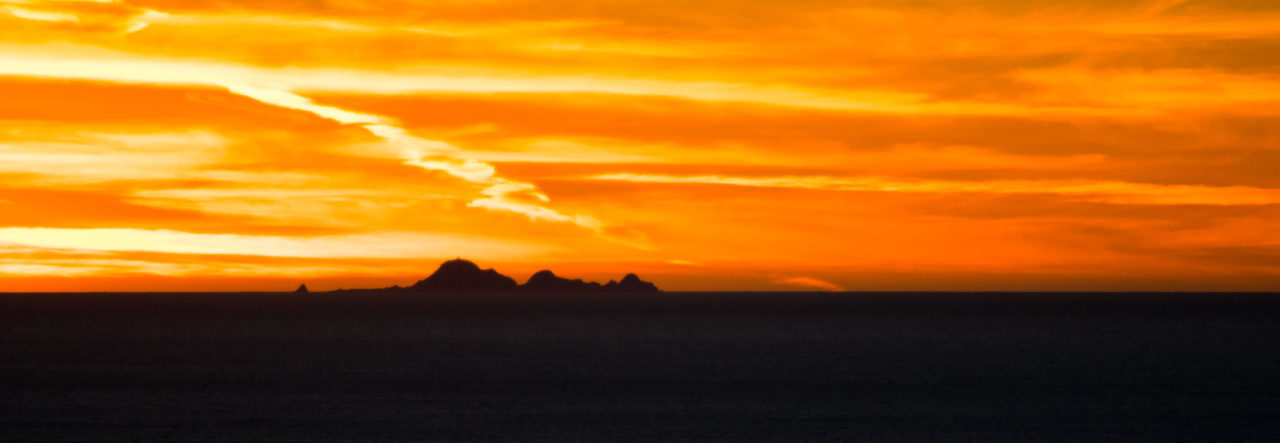A wise man once said, the secret to being a great writer is to apply ass to chair.* So far as wisdom goes, it seems to be accurate and, remarkable of remarkables, working.
In January, I started tracking my writing via spreadsheet. Eight months later, I have a novel with an agent, a short story ready for submission (already rejected once, poor thing) and a new novel that’s already 1/3 of the way done. Which is not bad at all. But what I’ve really noticed, even more than how much I’ve written and how submission-ready it is, is the learning curve.
In 2005, I did NaNoWriMo for the first time. I wrote a 50,000 word story about a girl who set off to rescue a kidnapped boy from her village and fell in with a group of amazon-type women along the way. I don’t remember it having much of a plot. For that matter, I don’t think she even rescued the boy. I haven’t looked at it since the end of that November. I expect it’s rather terrible.
In 2006, I did NaNo again, after a year of not writing much of anything. Again, I didn’t have much of a plot, and most of my writing was a frantic attempt to stay one step ahead of my daily word count. This time, though, I submitted the opening pages to a writer’s workshop.
In January 2007 I workshopped my Persephone story with a mystery writer named Laura Lippman, who gave me enough encouragement that I thought it was worth doing a rewrite. That spring, I took myself and my new laptop to the Oakland rose garden or to Lake Merritt or anywhere else that was bright and sunny and wrote. When it was done, I had a passable second draft that still needed a lot of work.
In August 2007, I started law school. It took me until last summer to drag my novel out of the box it had been hiding in, brush it off, realize it wasn’t half bad, and start revising with a vengeance. That project finished up around March, and of it went into the world.
Around April of this year, I started the new book.This time, instead of writing from scene to scene, I outlined. I deliberated. I thought about the choices the character would have to make. I thought about who she might run into along the way. Then I started writing, almost every day, with the understanding that if I went to bed at a reasonable hour I would make myself get up and write, but if I had one of those days where I didn’t get home from work until after midnight I wouldn’t beat myself up for sleeping in.
More than anything else, it has made me a better writer. I think about what I’m doing with the story and what I need to be doing constantly, not just while I’m in the chair. Because the muse may come when and where she chooses, but if I’m in my chair in the morning, she’ll always know where to find me.
* http://samjmiller.com/2012/08/14/clarion-2012-every-brilliant-piece-of-writing-advice/
